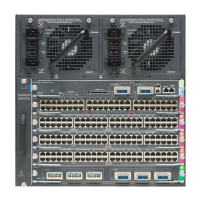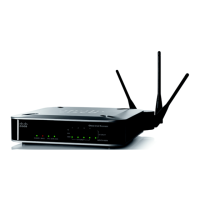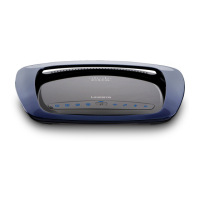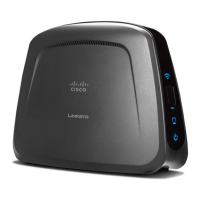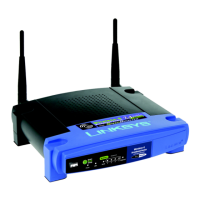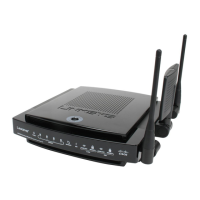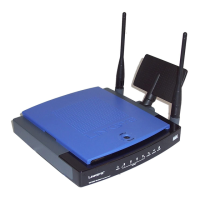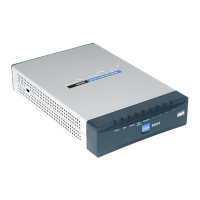Contents
xxi
Catalyst 2960 Switch Software Configuration Guide
OL-8603-04
Packet Modification 28-18
Configuring Auto-QoS 28-19
Generated Auto-QoS Configuration 28-20
Effects of Auto-QoS on the Configuration 28-24
Auto-QoS Configuration Guidelines 28-25
Enabling Auto-QoS for VoIP 28-25
Auto-QoS Configuration Example 28-27
Displaying Auto-QoS Information 28-29
Configuring Standard QoS 28-29
Default Standard QoS Configuration 28-30
Default Ingress Queue Configuration 28-30
Default Egress Queue Configuration 28-31
Default Mapping Table Configuration 28-32
Standard QoS Configuration Guidelines 28-32
QoS ACL Guidelines 28-32
Policing Guidelines 28-32
General QoS Guidelines 28-33
Enabling QoS Globally 28-33
Configuring Classification Using Port Trust States 28-34
Configuring the Trust State on Ports within the QoS Domain 28-34
Configuring the CoS Value for an Interface 28-36
Configuring a Trusted Boundary to Ensure Port Security 28-36
Enabling DSCP Transparency Mode 28-38
Configuring the DSCP Trust State on a Port Bordering Another QoS Domain 28-38
Configuring a QoS Policy 28-40
Classifying Traffic by Using ACLs 28-41
Classifying Traffic by Using Class Maps 28-44
Classifying, Policing, and Marking Traffic on Physical Ports by Using Policy Maps 28-46
Classifying, Policing, and Marking Traffic by Using Aggregate Policers 28-49
Configuring DSCP Maps 28-51
Configuring the CoS-to-DSCP Map 28-52
Configuring the IP-Precedence-to-DSCP Map 28-53
Configuring the Policed-DSCP Map 28-54
Configuring the DSCP-to-CoS Map 28-55
Configuring the DSCP-to-DSCP-Mutation Map 28-56
Configuring Ingress Queue Characteristics 28-57
Mapping DSCP or CoS Values to an Ingress Queue and Setting WTD Thresholds 28-58
Allocating Buffer Space Between the Ingress Queues 28-59
Allocating Bandwidth Between the Ingress Queues 28-60
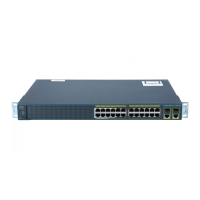
